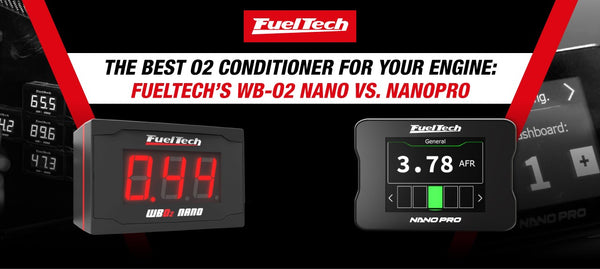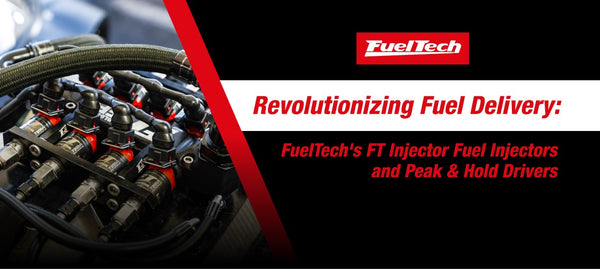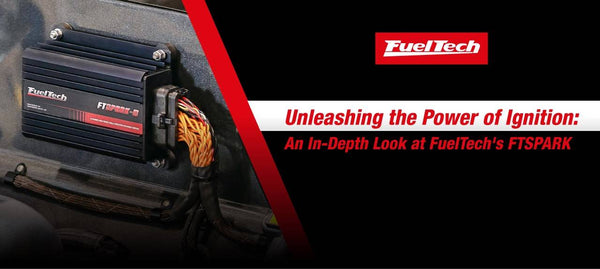Josemar Hudema’s Chevrolet Opala Blower AWD. An unique creation for no prep races in Brazil.
The outlaw spirit, with rankings, in a head-to-head format where anything goes without limits, captivated Brazilian enthusiasts. Shortly after the program aired, the first races emerged at Area 43 in Londrina, a success that quickly spread across the country. Perhaps the most curious point about the impact the program had here is that, contrary to the name and the vibe explored by the reality show, the races in Brazil always took place on dragstrips and within the law, creating a friendly environment that favored partnerships with brands and the professionalization of the event that followed.
Once the “Area Races” were regularly taking place, the idea of a showdown that brought together all the regions to determine the best area in Brazil emerged. The event was named "Armageddon" and quickly became the largest no prep event in Latin America, with impressive numbers that demonstrate the marketing potential of this phenomenon.
First, let's point out the reach of the audience. The ninth edition received over 10,000 people (the seventh edition holds the record with over 15,000 spectators) over the course of two days. The live broadcast on YouTube registered 38,000 Internet connections, and the recording of the transmission now has more than 370,000 views, an extraordinarily impressive number compared to other major drag races. In total, 128 competitors from 23 regions of the country competed for the largest cash prize ever offered in a Brazilian drag race: R$100,000 (approximately $20,000). The event is going into its 10th edition and has already been held in 6 cities and 5 different states.







